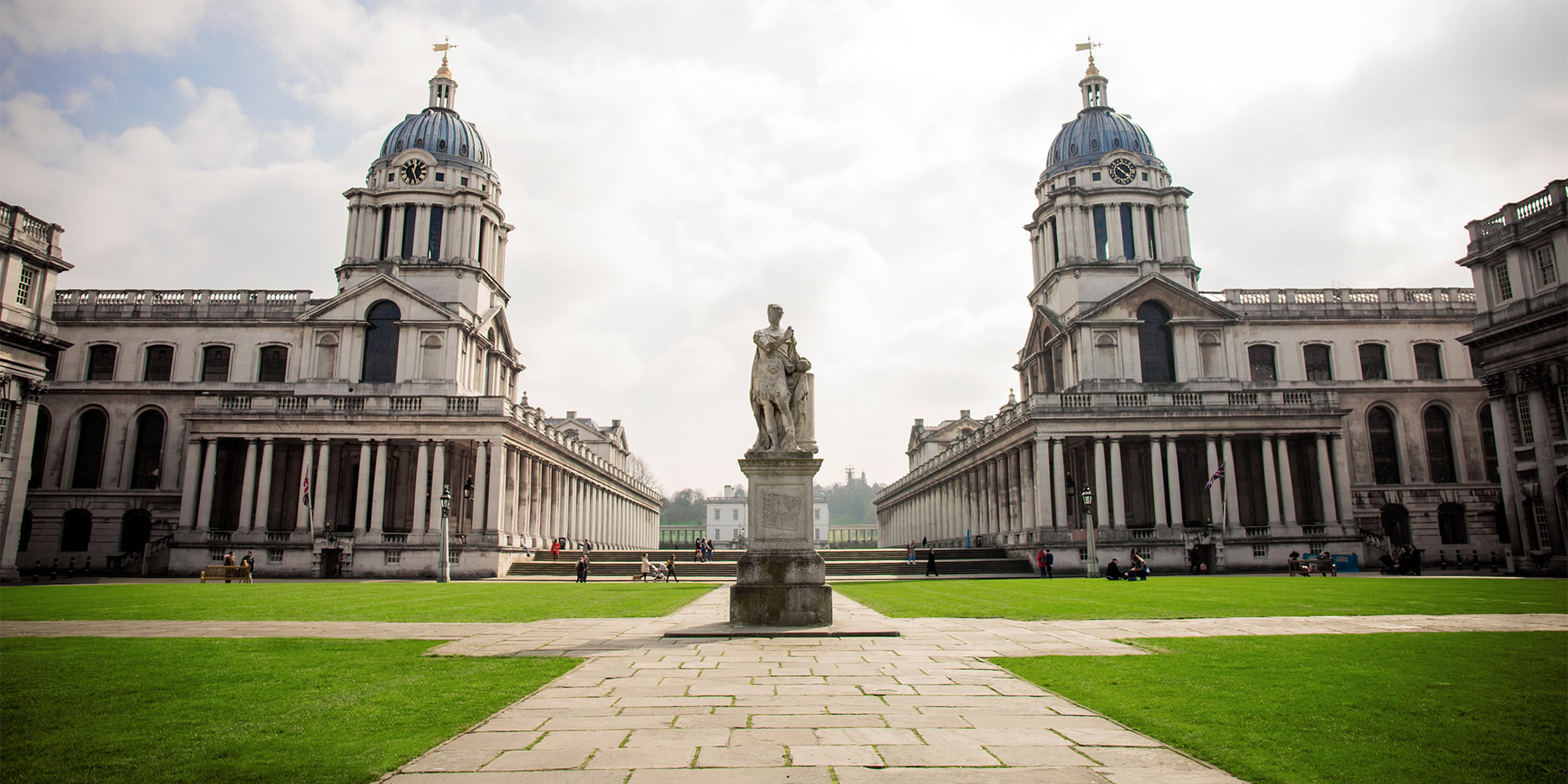University of Greenwich: University of Greenwich holds mass casualty simulation for students
Paramedic students across all years of study recently took part in a simulated plane crash at Sparrow’s Farm, part of the University of Greenwich.
The purpose of the event was to provide paramedic students the opportunity to undertake a major incident exercise involving mass casualties. The day started with the students being split into five groups that then revolved through short simulation stations run by a professional paramedic team. These simulations were designed to test a particular skill or patient presentation that would be useful to them for the afternoon.
After lunch, the students assembled at the Sparrows farm complex and were given a refresher on major incidents, the command-and-control structure, the principles of triage sieve and how such events should be generally managed. Students were allocated different roles and provided radios for communication between the different areas.
Students were then told by instructors that a plane attempting to make a forced landing had crashed onto the playing fields adjacent to the campus. The scene they met was several casualties scattered across an area, some of whom were played by actors with a variety of injuries, and the rest made up of manikins. Each of the patients was tagged with very basic information for the first two triage teams to make a sieve decision and tag the patient appropriately in terms of priority.
It is the first time that the university have done a simulation on this scale as nearly 300 students were involved over a three-week period.
Senior Lecturer in Paramedic Science, Rob Slee said:
“In terms of organisation, it has been a lot to put together in a short space of time. I only started planning this back in January, and whilst I had the concept of the plane crash and how each of the weeks would run, it would not have been possible to pull it off without the help of the University of Greenwich GLASC team, who each day set out the scene and got the actors ready for the main event and got the job of tidying stuff away at the end of each day.
“A huge thanks to the rest of the Paramedic team who, despite a busy workload, gave up time to run the short scenarios, brief the students and shadow the various groups of students during the mass casualty element guiding them through what they needed to do and any safety concerns.
“From the students’ perspectives they found the whole thing to be really positive, debriefs were done at the end of each day on how they felt the simulation had gone, and by us mixing up the year groups and campuses, it helped to reinforce the professionalism when working with others.”

